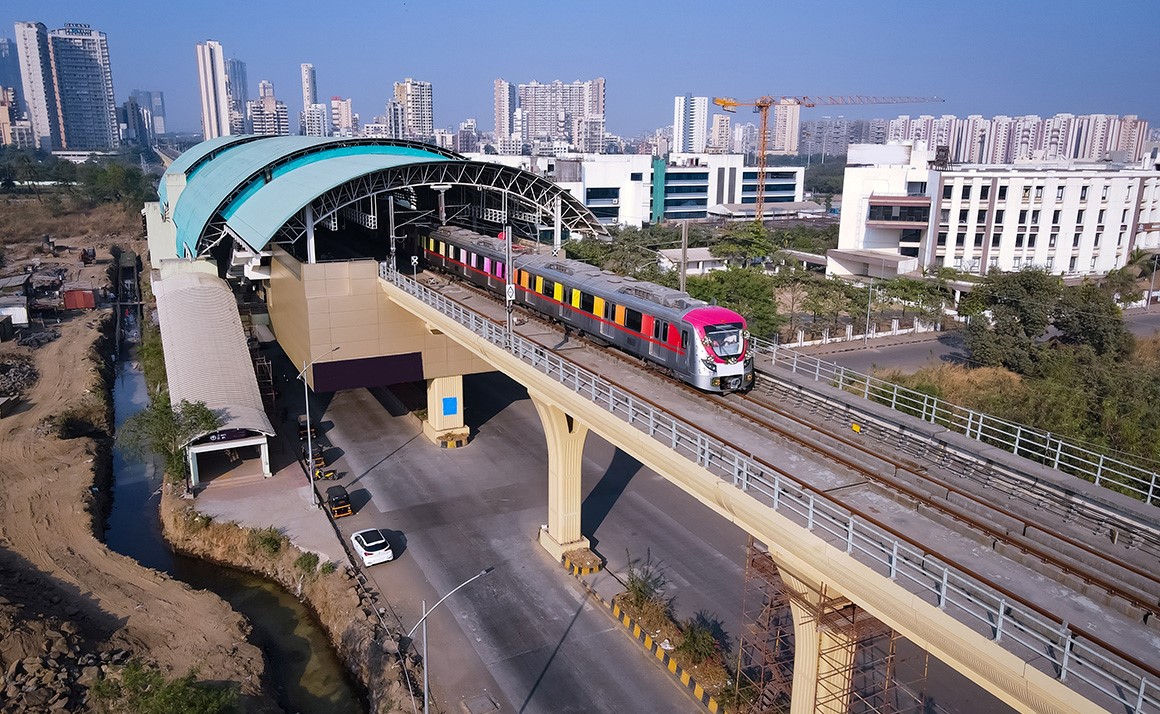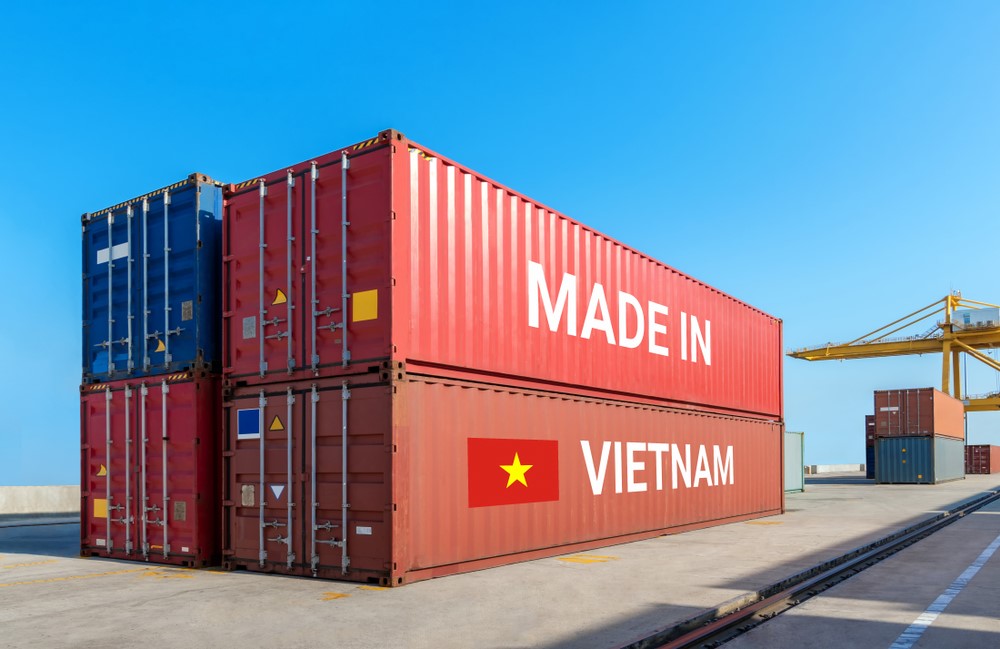
Infrastructure brings India closer
India's finance minister Nirmala Sitharaman plans to invest $134 billion in transport infrastructure to support ambitious goals of reaching a $5 trillion GDP by 2025 and a $30 trillion economy by 2047.
In February, Indian finance minister Nirmala Sitharaman unveiled plans to spend nearly $134 billion on transport infrastructure in the coming financial year, the continuation of a massive programme of spending on roads, rail, airports and waterways across the nation.
This infrastructure spending underpins ambitious plans to boost GDP to $5 trillion in 2025, from $3.63 trillion in 2023 and to become a developed nation with $30 trillion GDP by 2047. As well as transport infrastructure, India is investing in energy provision, including renewable energy, and building up its digital infrastructure.
“India has invested substantially in infrastructure of all kinds over the past decade,” says Arvind Nandan, Managing Director, Research and Consulting, at Savills India. “For example, the number of airports has doubled to around 150, with plans to expand that to 220 by the end of this decade.
Real estate is a direct beneficiary of these projects, Nandan explains, as they improve links between and within cities. “Better infrastructure is knitting India closer together. Airports and highways are linking cities, while metro lines, such as those in Mumbai, are connecting new areas of the city and opening them up for development.”
Mumbai has three operational metro lines and one set to begin operating this year. It also has a further four lines under construction and six more approved. Once completed, the total length of the metro system will be more than 221 miles, only slightly shorter than the London Underground at 250 miles but built far more rapidly.
Logistics real estate has begun to grow rapidly, supported by new infrastructure but also by the introduction of a national goods and services tax (GST) in 2017, which replaced a host of state levies, freeing up the movement of goods around the country. The government has identified 35 locations around the country for multi-modal logistics parks, which will be hubs for warehousing.
“Modern logistics real estate is relatively new to India, however it is expanding rapidly.” says Nandan. Savills data show logistics absorption of 13.5 m sq ft in the first quarter of this year, up 23% on the same period in 2023. Take-up was led by sustained demand from the third party logistics and manufacturing sectors, as well as a surge in demand from the fast moving consumer goods sector. Improved logistics are supporting India’s ambitions to grow as a hub for manufacturing and exports.
Logistics has become the sector of choice for private equity real estate investors in India and accounted for 47% of investment in the first quarter. One of the key deals was Asia Pacific logistics real estate specialist Logos and Canadian investor Ivanhoé Cambridge committing $132 million to expanding a logistics park in Pune.
“Logistics real estate is a natural beneficiary of infrastructure investment,” says Nandan, “however, all real estate sectors will benefit from cities which have better links between residential and business areas and which are linked to the rest of the nation and indeed the rest of the world.”
Further reading:
Savills India Research
Contact us:
Arvind Nandan



